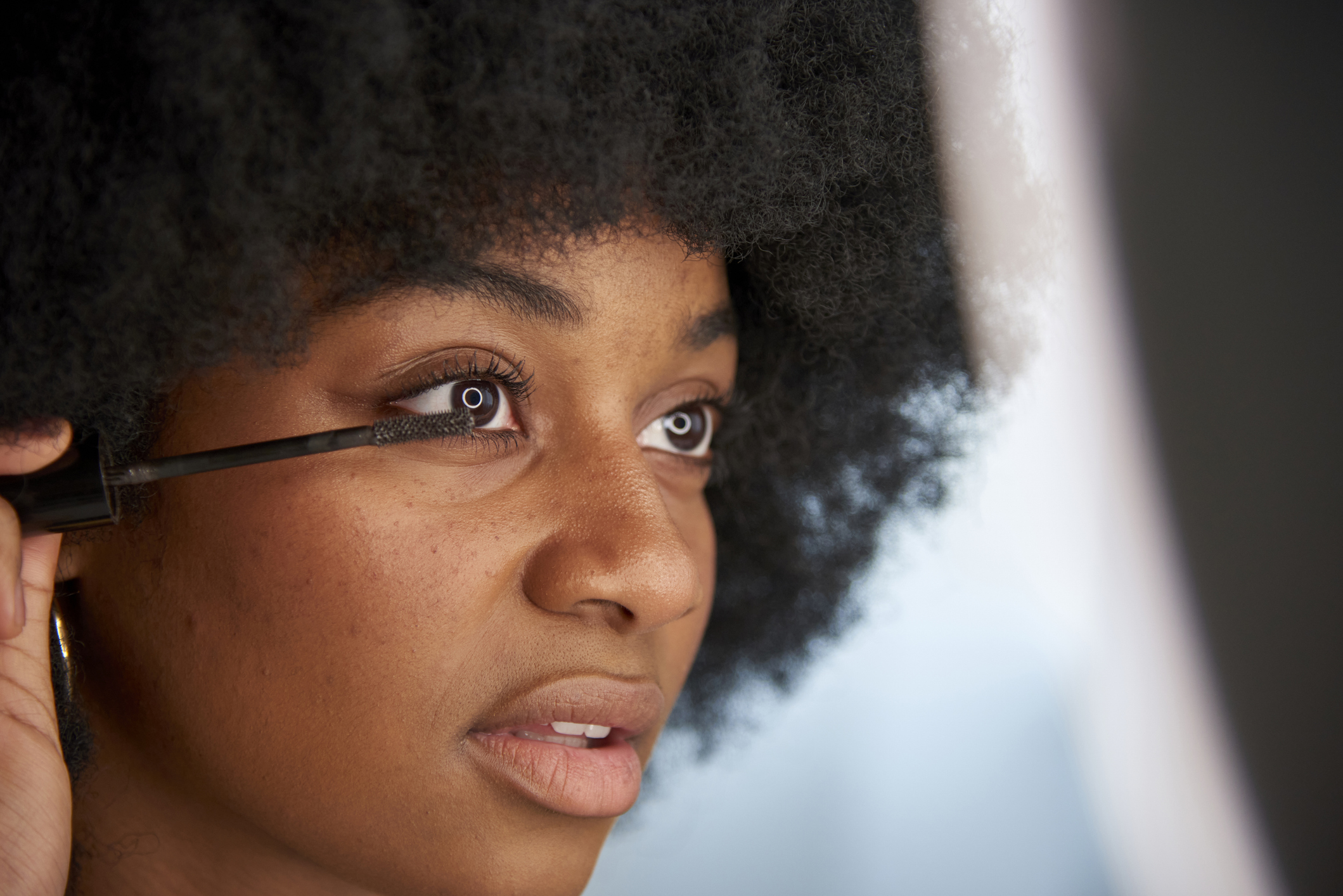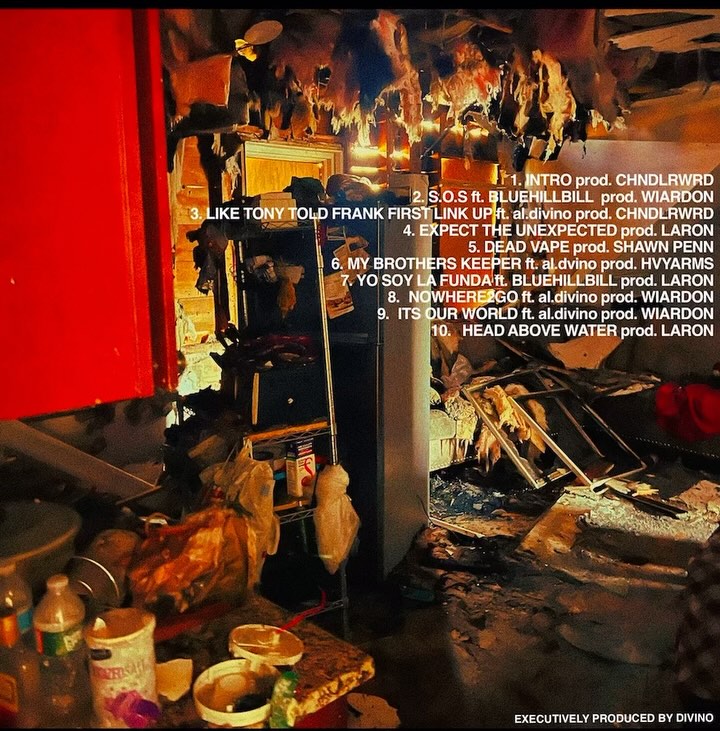Every few years, a new trend emerges that prompts us to reflect on our past choices and feel embarrassed about our hair, clothing, or makeup. The latest example on TikTok is the “blindness” trend, where people look back at their former eyebrow or eyelash styles and feel mortified by their past looks.
There are over 8,000 TikTok videos using the hashtag #eyebrowblindness.
Initially, these videos were light-hearted, making fun of how people used to style their eyebrows, particularly during the 2016 makeup era, characterized by bold looks like the Anastasia Beverly Hills dip brow and matte lip kits. Although this style was popular at the time, like any trend, “eyebrow blindness” quickly spiraled into a more significant, alarming phenomenon. Creators discovered that highlighting new insecurities through the cringe-focused “blindness” trend was an effective way to exploit shared anxieties, a highly profitable aspect of TikTok’s attention economy.
Soon, it wasn’t just eyebrows that were targeted; hair, makeup, and even body weight became fair game in this online critique. People weren’t only criticizing their past appearances but also felt empowered to comment on others. It became common to see unsolicited comments like “eyebrow blindness” or “lash blindness” on unrelated videos.
This trend led to a rise in self-deprecating content, where people would harshly judge their former selves, covering everything from their hairstyles to makeup choices. However, what’s often overlooked is that these past versions are still a part of who we are.
It’s normal to look back and question our past decisions, but social media has intensified this, creating a cycle of regret for our previous styles every decade or so. This mindset not only disrespects our past selves but also discourages us from trying new things. People are now so afraid of future embarrassment that they hesitate to experiment with their looks.
To borrow from Franklin Delano Roosevelt: The only thing we have to cringe at is cringe itself!














